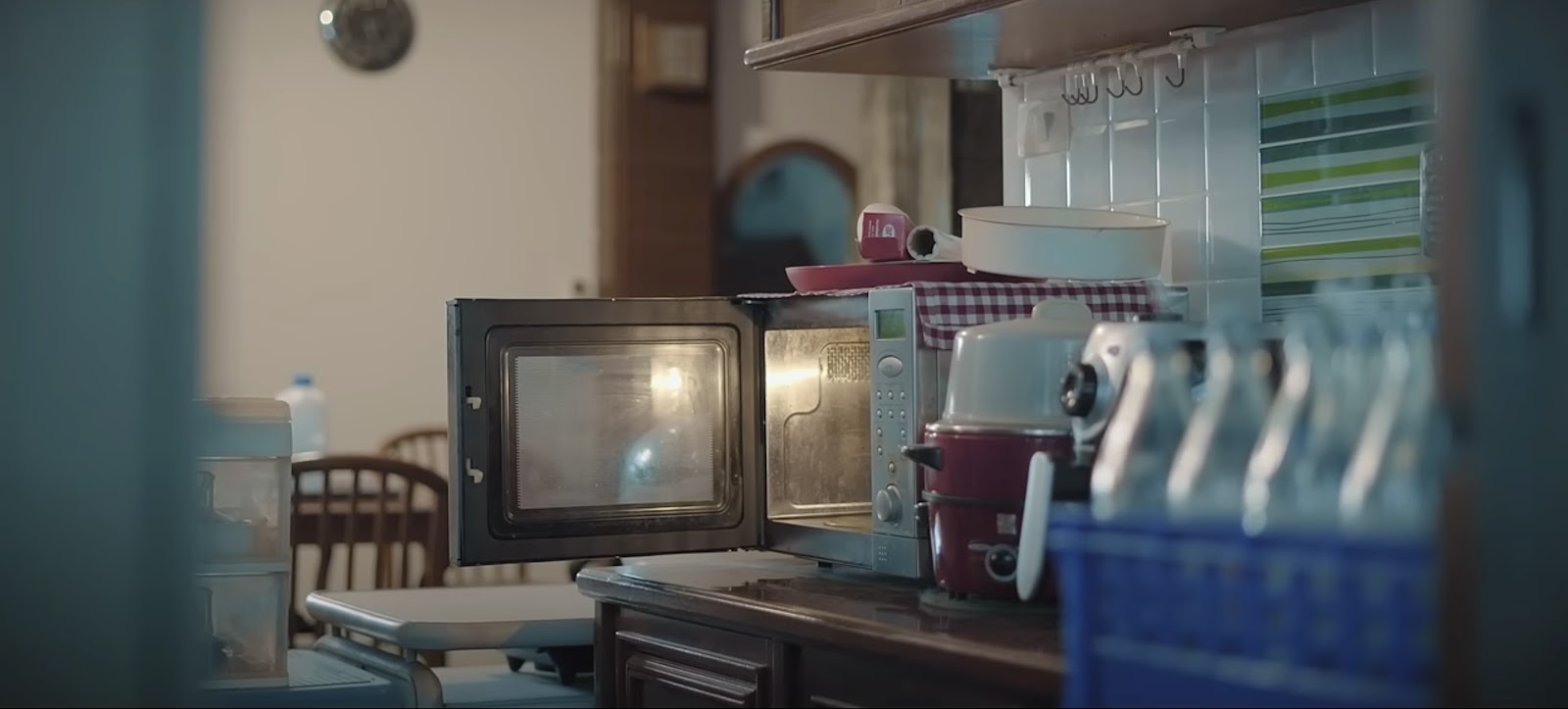'The Dark Knight': Cinematography
'The Dark Knight': Cinematography
In this clip we start off with an over the shoulder shot making the setting seem more conversational even though they are in an interrogation. The shot is balanced as both the Joker and Batman have power in different ways: Batman physical power and the Joker has power of information. We have standard three point lighting (key light, fill light and back light) on the Joker making his features stand out as we can clearly see his annunciations and facial movement which are a key part of his character. Although I feel a darker lighting (low-key lighting) is what would be expected to match this scene as it is quite a sinister scene with a dark atmosphere but I like how Nolan has chosen to use a more intense bright light to show the Joker is being interrogated and clearly capture his mannerisms. At his moment the camera is steady and is tracking the Joker’s movements but there are also moments when the Joker is cut off from the frame as his movements are so manic that the camera cannot keep up. We do have a smooth and slow pan on a steady camera to help follow the narrative that everything is currently under control.
We then have a long shot which allows us to have a clear view of the action. This allows us to clearly follow the action and be able to follow the scene. It also focuses the spectator's attention on Batman’s aggression which is slightly unexpected as he is meant to be the hero and keep his calm and not be the first one to throw a punch.
As Batman gets more aggressive, we have a change in lighting to reflect the change in the scene’s atmosphere. We went from a well-lit setting to a darker lighting as the scene has escalated and got more extreme. There is an increase in chiaroscuro to further support the intensity of the scene. This for me gives the impression that Nolan has used lighting to be parallel to the scene and aid his storytelling. It is another over the shoulder shot which brings out attention to the Joker and Heath Ledger’s performance. Batman and the Joker being situated at the centre of the frame and taking up most of the frame illustrate Nolan’s intentions that he only wants the spectator to focus on these two characters. In this scene we have many over the shoulder shots which I feel capture reactions of the characters well and illustrate that they are the perfect match for one another. It appears in this shot that the Joker is significantly smaller than Batman who appears to be very large making him look like an overpowering force against the Joker and that Batman holds the power. This is done through foreshortening which creates the illusion that Batman is a lot bigger that the Joker. The camera movements also help aid this moment as it is a handheld camera making the spectator feel uneasy and unsteady as the scene intensifies.
This shot cleverly captures the difference between the lighting of the two settings. The two settings have a high contrast ratio. The chiaroscuro in the room filled with panicking men makes what is happening in the interrogation room stand out even though it is out of focus and more in the background. This is due to the intensity of the lighting in the interrogation room, the low-key lighting in the other room makes it so we cannot see faces so our focus is directed to one point. The bright light draws the spectator’s attention to Batman and the Joker. The use of the Dutch angle makes us feel uneasy and illustrate that the situation has escalated. The other people have lost control of what is happening in the interrogation room and the handheld camera illustrates their franticness to regain control.
Our attention is focused on Batman as he blocks the door so he can continue to question the Joker. Batman is placed at the centre of the frame mainly taking up the centre third. Nolan wants the spectator to focus on the fact that Batman and the Joker are now trapped together so they can not stop Batman doing what he is doing this puts us on edge. The lighting makes Batman look back lit and the wall appear to be the brightest thing in the frame. This makes Batman pop as there is a contrast of the bright wall and the darkness of Batman’s suit especially the kicker light which highlights the outline of Batman making him more prominent. We have two shots of the chair in a short time frame which highlights the
Nolan uses cinematography to let us know who is in control. For example, Batman is shot at a low angle which makes him look powerful and in control. He is also centre frame making him the dominating subject in the frame. He also is shot in a more low-key lighting with back lighting which makes Batman possess more shadows making him look more sinister and appear to have a slight bad and more evil side to him perhaps. There is also a diagonal composition which makes the shot look unbalanced. This could perhaps be illustrating the imbalance in power; Batman is more powerful than the Joker in this moment.
Start from 1:54












Outstanding! You consider in depth cinematographic effects across the whole range and suggest perceptive explanations of effect. Terminology is thorough and accurate. On lighting, in particular, your analysis is really strong. Well done.
ReplyDelete